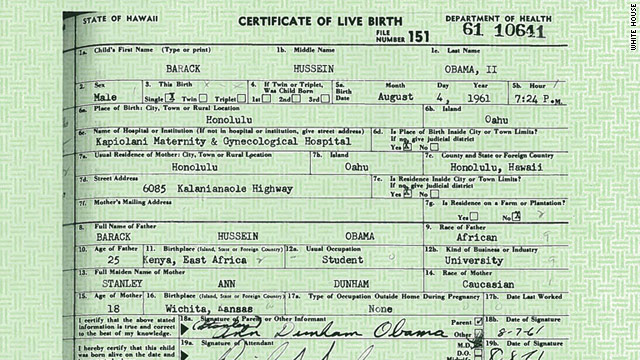Note: the following article is based on several German news articles I read recently. To preserve accuracy, I felt it appropriate to abandon the horrible translations made possible by Google and other similar tools and just hack it together myself. I think you will find the significance of the story easier to grasp as a result.
A German company--DBM Energy-- has identified a way to connect tiny hummingbirds to an electric motor and achieve single charge electric vehicle distance records. First, the birds are placed on a conveyor belt, coated in lithium (a process licensed from
KFC) & filled with nectar, a tradition the Dutch call KOLIBRI, which is short for "Call the Library. " The result is an efficient and tasty treat that could change the eating habits of electric vehicle consumers everywhere. The German connoisseur's at
DEKRA tasted the crunchy fowl and certified the results. (Michelin refused to participate--Zero Stars) All of this has caused a firestorm of controversy in Germany, which a few months ago ignited the test vehicles used by DBM. They didn't have backup vehicles and had to reinvent the batteries from scratch in 4 months.) But they did it again. And now, everyone wants to meet "the Blue-headed hummingbird in the zoo of Augsburg" which sponsors
DBM research.
To gain further insight, I contacted Mirko Hannemann, CEO of DBM and he provided the following information. (He urged me to conduct the interview in English):
B: Frau Hanneman, thanks be to Wōdanaz for allowing me to ask you a few questions about your batteries.
MH: Hair Hanneman. Hair. No problem.
B: Sure. Thanks. Let's start with the fire. You have these great batteries but decided to burn them and start over? Could you explain?
MH: No B. We didn't burn the batteries, our storage facility caught fire and destroyed our test vehicle. Do you understand?
B: Ah yes, very good. Is that because you couldn't control the charging apparatus and it blew up or something?
MH: No, the fire was investigated and determined to have nothing to do with our technology.
 |
| LA Laker Fan at the Parthenon |
B: OK, good. How many times did you swap out the batteries when you drove from Munich to Berlin?
MH: Excuse me? No, no, this was a single charge. No batteries were swapped. We charged them once and drove the entire distance without recharging.
B: What is the size of the fuel tank on the test vehicle? Was it refilled?
MH: No, this is an electric only vehicle. No fuels. Just batteries.
B: Ah, that explains it then. The test course is all downhill isn't it?
MH: Sort of, yes.
B: How did the car handle in neutral? Did you burn out the brakes?
MH: Would you like to talk about the batteries maybe?
B: Would you like me to do the interview maybe?
MH: The batteries. Please.
B: OK. 250 Wh/kg?
MH: That is correct. Certified.
B: I think that's probably what my readers want to know. It certainly sounds very promising and I'd like to congratulate you on all of your accomplishments. This is a great feat for Germans everywhere.
MH: Thank you. We have a dedicated team here and will do what we can to bring these batteries to market as quickly as the automakers will allow. We are ready.
B: That sounds great. What is your plan for operations after EEStor delivers EESU's this year and puts you out of business?
MH: We were thinking of going public like A123 Systems and then closing up shop slowly over the course of 5 years like A123.
B: I thought so. There are certainly people willing to fund that plan. Well, best of luck to you and yours. One more thing, how can I contact the blue headed hummingbird of Augsburg?
 |
| Blue Headed 6 Minute Charge |








